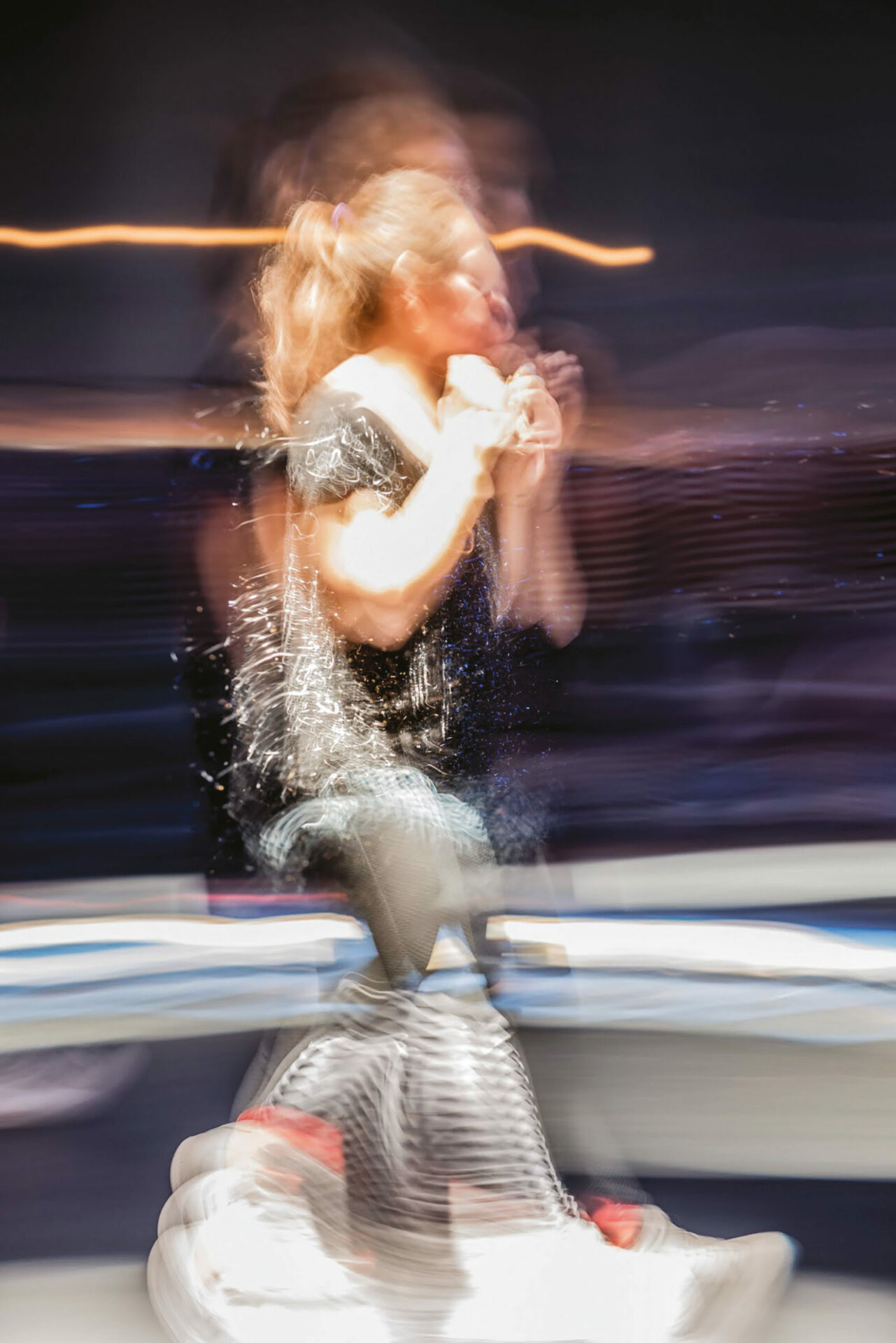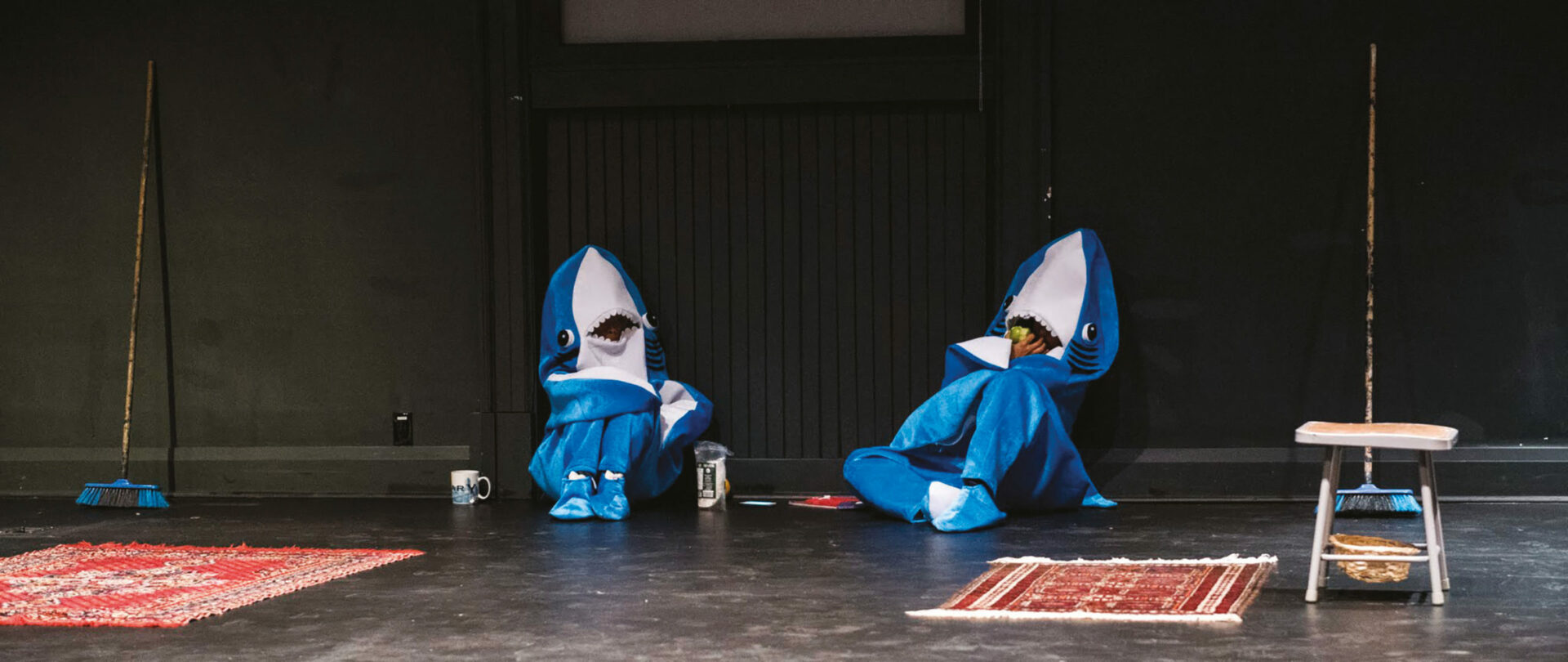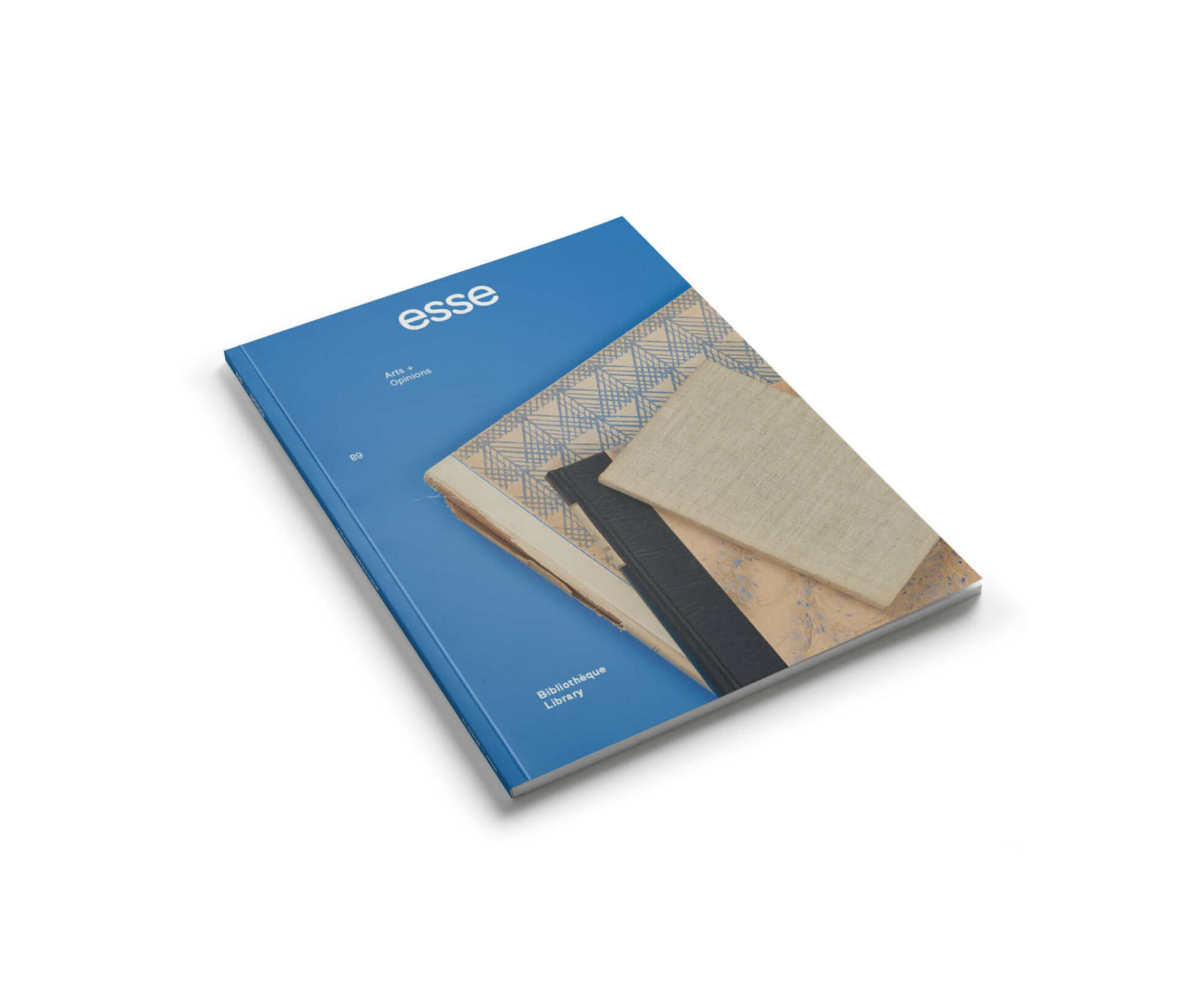
Photos : Ömer K. Yükseker, courtesy of Public Recordings
Attending a performance titled Capitalist Duets elicits a tickle of cognitive dissonance. To term a work capitalist marks it the progeny, or even a proponent, of capitalism. It’s a suggestion that stands in stark contrast to my assumption, a naïve one perhaps, that most independent performance workers operate from a position of resisting, or at least trying to circumvent, this particular economic model.
Yet there is something both sneaky and subversive in this performance’s relationship to capital. If it responds, as the program notes observe, “to the commodity-status of contemporary performance,” it does so with a knowing wink, like we’re all in on the neoliberal joke. In one of seven independently created, yet simultaneously performed, duets, a wonky guided meditation toys with our drive to affirm self and subjecthood, while in another, a dodgeball game literalizes competition, for limited balls and lives, as well as for the spectators’ sympathies. The piece riffs continuously on the notion of scarcity, with its self-proclaimed “free-market dramaturgy” and the evocative catchphrase, “Because there is only so much to go around. Or is there?”
In their active engagement with such contemporary socio-economic phenomena, the creators of Capitalist Duets seem linked to a growing cohort of artists keenly aware of the art world’s imbrication with global capitalism, meeting its gargantuan force with a steady, sly gaze. Consider Zoja Smutny’s Rosé Porn, with its growing array of retail-ready objects, from tote bags to perfume, Trajal Harrell’s Twenty Looks or Paris is Burning at the Judson Church, which comes in seven sizes to suit any presenter’s needs, or Cally Spooner’s On False Tears and Outsourcing, which, to cite the New Museum’s online description, addresses “the production of affect, the contradictions faced by hired bodies, and the dynamics of using or being used as a human resource.” These works don’t go so far as to espouse an, “if you can’t beat ‘em, join ‘em” mentality — far from it. Rather, they make strategic adoptions and adaptions, opening conceptual space around the structures that commodify performance, and allowing us to reconsider how we relate to these vectors of late capitalism.

CAPITALIST DUETS, 2016.
Photos : Ömer K. Yükseker, courtesy of Public Recordings
Even so, for all the work’s deployment of self-actualization and competition, perhaps the most foundational choreographic principle of Capitalist Duets is separation. John Paul Ricco begins his book The Decision Between Us: Art and Ethics in the Time of Scenes, writing, “Separation is the spacing of existence, and is, by definition, never solitary but always shared. It is what affirms that for anything to exist, there must be more than one thing, each one separated from each other one.” These basic principles of thought are in large part indebted to French philosopher Jean-Luc Nancy, who, as Ricco explains, makes “emphatic use of the French verb partager, meaning ‘to share’ and ‘to divide.’”
In a sense, these conceptual frameworks of mutual separation, of simultaneous sharing and division, undergird the many-layered logic of Capitalist Duets. Grant money apportioned to the production company, Public Recordings, is further divvied up into $1500 micro grants given to each artist; everyone shares equally in the available funding. Authorship is distributed among the participants as well, as two performers explain at the outset of the piece. They remark that a primary tenet of their working methodology was to create performance non-hierarchically, or, as the program notes explain, “There is no composer, no architect, no central authority — only the radical aesthetic modulation of fourteen paired-off performers, each holding tenuously to the logic of their own creation.” In this process, every performer shares in the authorial function, just as authorship is allocated for each distinct duet.

CAPITALIST DUETS, 2016.
Photos : Ömer K. Yükseker, courtesy of Public Recordings

Stage space and audience attention are similarly apportioned, not only among each of the duets, but also between each performer in them. One duet is spatially limited to a rectangle of sparkly blue carpet, which the performers inhabit alongside an array of bedazzled musical instruments. Meanwhile, the dodgeball players split the stage in half, each claiming one side of a centre line marked in white chalk. And if in capitalist systems consumers vote with their dollars, here it is the gaze that represents the audience’s purchasing power. Facing the sometimes chaotic, almost anarchic, space of the work, our eyes can flit about in a saturated marketplace of gestures and actions. As one duet reminds us, however, we are not alone in this agency. Two performers spend much of the hour seated, looking back at us. They partake in our act of looking, suggesting that the vantage points from which we observe might be as disparate as they are communal.
Indeed, to see Capitalist Duets as a composite of so many separate elements is to understand that each relies on the others for their definition and delineation. Put simply, one of seven simultaneous duets would not be one of seven without the other six. We might understand the performance, then, as an exercise in composing with reciprocal separation, reminding us that even in economies intent on shoring up our identification as individual agents duking it out for our own self-interest, the space between us marks less our independence than, as Ricco astutely puts it, our “coexistence.”




